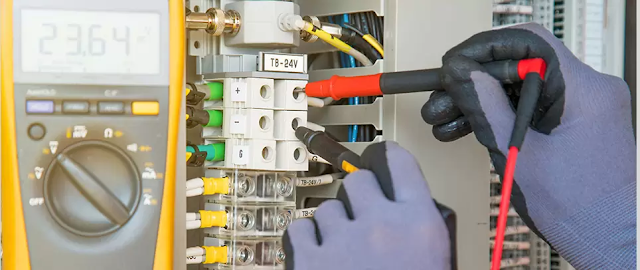Why Are Variable Speed Drives (Vsd) Necessary?
Variable speed drives (VSD) are necessary to produce smooth, constant motion in machines. Variable speed drives use electrical signals to control the speed of motors and other electric devices. The most common uses of VSDs include pumps, compressors and fans.
Reasons for using variable speed drives
There are many reasons why you should use a variable speed drive. For example, it can save you money and reduce your carbon emissions by cutting down on excessive energy usage. Variable speed drives also allow for more efficient use of equipment, which ultimately increases productivity.
Fundamental principles
A variable speed drive (VSD) is a solid state device that uses semiconductors to control the current and voltage supplied to the motor by varying its frequency, voltage or both.
The principle of a VSD is based on controlling the speed of an AC motor. The VSD controls the current and voltage supplied to the motor by varying its frequency, voltage or both as determined by controller settings.
VSDs are designed to work with DC motors but they can also be used with AC motors in order to control their speed.
A variable-frequency drive (VFD) is basically a type of variable speed drive used for controlling large industrial electric motors such as those found in many factories and power plants around the world today because it allows operators more flexibility with respect to controlling how quickly these large machines perform certain tasks related their operation such as running conveyor belts along their tracks rather than having them operate sporadically.
Due solely upon when someone decides they need some kind of specific piece manufactured by whatever company needs something built fast without regard towards cost effectiveness since those workers who run those machines won't have any incentive whatsoever unless they're paid extra money just for doing nothing except sitting there idle while waiting for orders from higher ups who could easily find other means instead such as just going online shopping instead!

Forward direction
There are two types of direction, forward and reverse. The direction that the motor is rotating in when driving a load is called forward direction. This can occur when the motor is driving or being driven by an external force, such as a gearbox or belt system.
When a motor is rotating in forward direction, it must rotate at an equal or greater speed than its rated speed because it will overheat if it operates at lower speeds for any length of time. For example, if your VSD senses that the load is moving too slowly for comfort (that means it’s keeping up with what you want), then it will increase its output power until everything moves at the proper rate again (and hopefully without slowing down).
Reverse direction
In the first case, the motor is connected to the load. In this configuration, when you apply a voltage across the motor terminals (the input), current will flow through it and produce mechanical work. If you reverse your polarity on those same terminals (the output), nothing happens—you get no mechanical work from your circuit.
In the second case, substitute “source” for “load” and you have a VSD system at work. Here current flows out of one side of your power source and into another through your VSD device; in this case it would be connected between two circuits: one that powers an AC induction motor and another that powers some kind of load like lights or pumps or welding equipment etcetera...
Force
Force is a push or pull. It's a vector quantity, meaning it has both magnitude and direction. Force is defined as the product of mass (i.e., how heavy something is) and acceleration (how quickly an object changes speed).
So if you're on an elevator moving at constant velocity, there's no force acting on your body because its speed isn't changing; likewise, if the elevator starts moving in different directions at different speeds, then there's still no force acting on your body since its overall trajectory isn't changing either.
Conclusion
We hope this article has helped you understand how variable speed drives work and why they are necessary. If you have any questions, please contact us at our office or by email.



Comments
Post a Comment